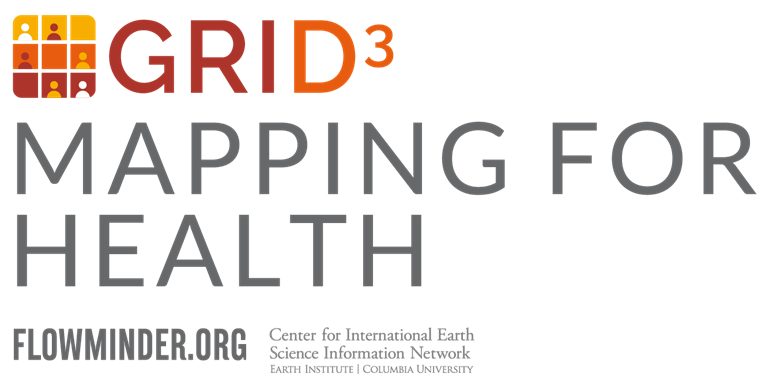Kinshasa, 15 October 2021
To support the generation of accurate and relevant mobility analyses for the GRID3 Mapping for Health project in the Democratic Republic of the Congo (DRC), Flowminder launched today a country-wide phone survey through its implementing partner The Khana Group (TKG). The objective of the phone survey is to inform Flowminder’s methods of production of mobility estimates from CDR data (Call Detail Records) and learn about the socio-demographic structure of phone users in DRC, to ultimately support how Flowminder interprets and analyses CDR-derived mobility indicators in the DRC context.
The GRID3 Mapping for Health project in DRC aims to strengthen the effectiveness and equity of vaccination interventions in the country. One key deliverable of the project is the production of mobility estimates based on anonymised and aggregated CDR data.
The phone survey's geographic coverage includes all of the country's provinces, with the aim of interviewing and collecting data from 7,500 respondents, to better understand the relationships between demographics, phone usage, regions and population movements; both in terms of routine mobility patterns and crisis-driven movements.
“We will reach out to thousands of mobile phone users and ask them to tell us about trips they have taken, if they have recently moved, and how they are using their phone. This will enable us to better interpret the patterns we are seeing in the aggregated CDR data and therefore produce more valuable insights about mobility and internal migration in DRC, which in turn will help health actors plan more efficiently,” comments Roland Hosner, Flowminder’s Survey Statistician.
The data collected through the phone survey will be used to understand how demographics and mobility vary between subscribers of the different mobile network operators in the DRC; between subscribers of different regions; and between those who use their phones more or less often. The aim is to assess how representative the phone users represented in the CDR data are of the phone-using population of DRC and of the general population as a whole. In other words, the aim is to provide an estimate of the number of people moving, from the observations made of the number of phone users who are moving, as seen in the CDR data.
GRID3 Mapping for Health in DRC is an initiative from the Ministry of Public Health, Hygiene and Prevention, delivered by Flowminder and the Center for International Earth Science Information Network at Columbia University as well as the WorldPop research group at the University of Southampton. GRID3 Mapping for Health in DRC is an extension of work conducted or supported in the DRC by the Geo-Referenced Infrastructure and Demographic Data for Development (GRID3) programme.
